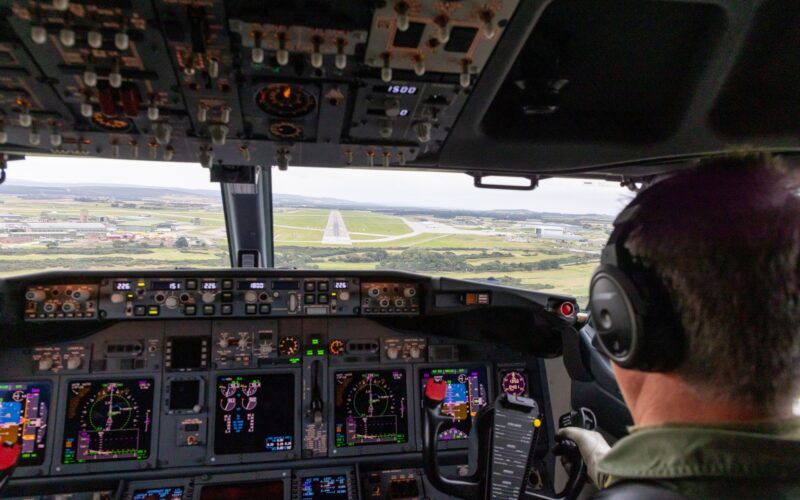The Royal Air Force (RAF) has officially reinstated No 42 Torpedo Bomber Squadron with a renewed mission to train aircrews for naval operations using the Boeing P-8A Poseidon, known in the UK as the Poseidon MRA.1. The announcement was made on November 1, 2023.
No 42 Squadron’s history can be traced back to World War I and has been specialized in naval operations since the end of World War II. The squadron last held that role flying the Hawker Siddeley Nimrod MR.2 maritime patrol aircraft from 1992 until its deactivation in April 2011.
Now operating as an Operational Conversion Unit (OCU), No 42 Squadron will focus on the advanced training of aircrews for the Boeing Poseidon MRA.1 maritime patrol aircraft and, starting in 2024, the Boeing Wedgetail AEW.1 early warning and control aircraft. These aircraft will be stationed at RAF Lossiemouth north-east Scotland.
The Boeing P-8 Poseidon is a multi-role maritime patrol aircraft, equipped with a naval search radar for search and tracking capability. It can also be fitted, both internally and externally, with an array of armaments dedicated to submarine and anti-ship warfare, such as torpedoes, mines, depth charges, and anti-ship missiles.
Merging the Poseidon MRA.1 and Wedgetail AEW.1 within a single squadron streamlines costs and enhances operational effectiveness, with both aircraft being based on the airframe of the civilian Boeing 737 airliner.
The squadron’s mission has evolved significantly since its deactivation in 2011. While core tasks like tracking and neutralizing enemy submarines, surface vessel surveillance, and high-seas Search and Rescue (SAR) persist, new roles include addressing maritime pollution, monitoring coastal climate change impacts, and overseeing fishing zones, the RAF explains.
In October 2020, RAF Lossiemouth became the center for the UK maritime patrol operations after undergoing renovations to prepare for the base’s new mission.

